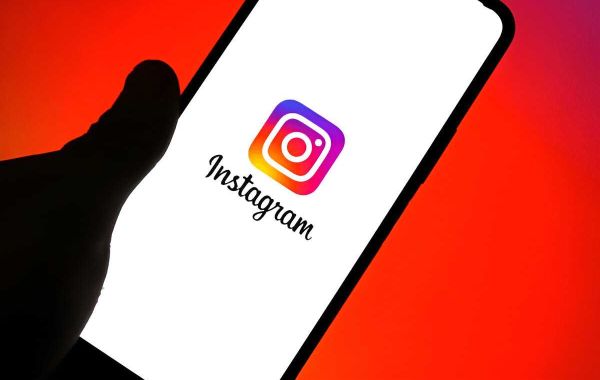In recent years, 3D furniture modeling has become an increasingly popular way to create furniture designs. This technology allows designers to create detailed, accurate models of their designs, which can then be used to create physical prototypes or even be used in virtual reality simulations. There are many benefits to using 3D furniture modeling in the design process, which we will explore in this article.
Improved Visualization
One of the primary benefits of 3D furniture modeling is that it allows designers to create highly detailed and accurate visualizations of their designs. With traditional 2D design methods, it can be challenging to visualize how a design will look in three dimensions. This can lead to mistakes in the design process, as designers may not be able to see how different elements of the design will interact with one another.
With 3D modeling, however, designers can create detailed, realistic visualizations of their designs. This can help them to better understand how different elements of the design will fit together, and can even help them to identify potential problems before they arise.
Faster Design Iterations
Another significant benefit of 3D furniture modeling is that it allows for faster design iterations. With traditional design methods, designers may need to create physical prototypes of their designs in order to test them out. This can be a time-consuming and expensive process, as each prototype must be built from scratch.
With 3D modeling, however, designers can quickly and easily make changes to their designs and see the results in real-time. This allows for faster iterations and can help to speed up the overall design process.
More Accurate Prototyping
In addition to faster design iterations, 3D furniture modeling also allows for more accurate prototyping. With traditional design methods, it can be challenging to create a physical prototype that accurately reflects the designer's vision. Small errors in measurements or construction can result in a prototype that is significantly different from the original design.
With 3D modeling, however, designers can create highly accurate models of their designs. This can help to ensure that physical prototypes are more faithful to the designer's original vision. This can save time and money in the long run, as it reduces the need for multiple prototypes and can help to ensure that the final product meets the designer's specifications.
Better Communication
Another significant benefit of 3D furniture modeling is that it can help to improve communication between designers, clients, and manufacturers. With traditional design methods, it can be challenging to effectively communicate a design vision to others. This can lead to misunderstandings and errors in the design and manufacturing process.
With 3D modeling, however, designers can create highly detailed visualizations of their designs that can be easily shared with others. This can help to ensure that everyone involved in the design process has a clear understanding of the design vision. This can help to reduce misunderstandings and errors, and can even help to speed up the manufacturing process.
Reduced Waste
Finally, 3D furniture modeling can help to reduce waste in the manufacturing process. With traditional design methods, it can be challenging to accurately predict how much material will be needed to create a design. This can lead to overproduction, which can result in waste.
With 3D modeling, however, designers can create highly accurate product renders of their designs that can help to reduce the risk of overproduction. This can help to reduce waste and can even help to lower manufacturing costs in the long run.
Final Words
3D furniture modeling offers many benefits to designers, manufacturers, and clients alike. By allowing for improved visualization, faster design iterations, more accurate prototyping, better communication, and reduced waste, 3D modeling can help to improve the overall design and manufacturing process.







